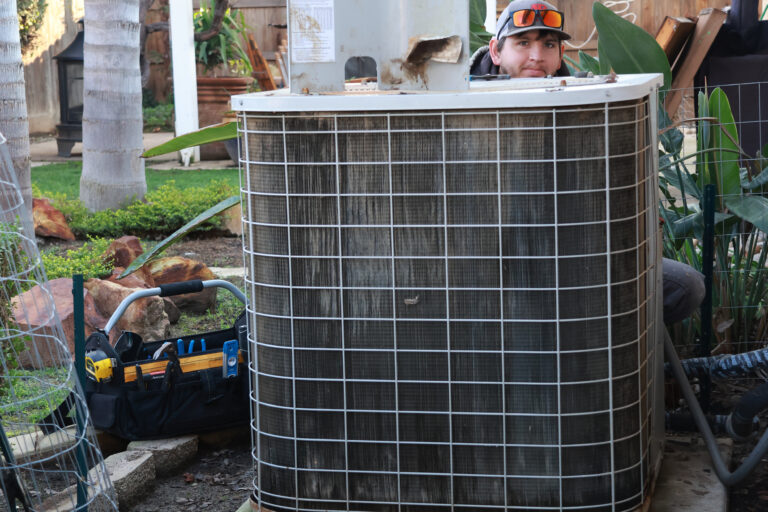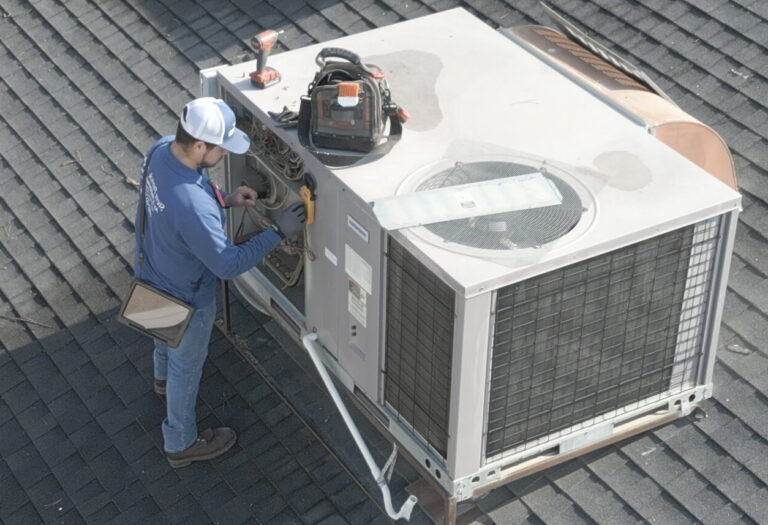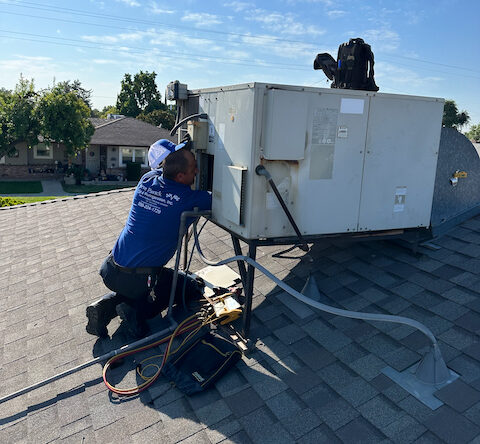Improving home air quality goes beyond keeping your home clean and smelling fresh. Many household products release harmful pollutants, which contribute to poor indoor air quality. These pollutants can cause symptoms like headaches, fatigue, and respiratory issues. In this blog post, we will discuss five common household products that may be polluting your home’s air and how to address them effectively.
Cleaning Products:
Most cleaning products contain a range of harsh chemicals like ammonia, chlorine, and bleach, which can release volatile organic compounds (VOCs) into the air. Exposure to these chemicals can cause headaches, dizziness, allergic reactions, and even long-term health problems such as cancer. To minimize the impact of cleaning products on your indoor air quality, consider using natural alternatives like vinegar and baking soda.
Air Fresheners:
While air fresheners may make your home smell good temporarily, they can release a mix of chemicals into the air, many of which are classified as hazardous. Chemicals like formaldehyde, phthalates, and volatile organic compounds (VOCs) can cause respiratory problems, aggravate asthma, and are linked to various health issues. You can improve the air quality in your home by opening windows for fresh air or using natural options like essential oils and beeswax candles.
Candles:
Candles can be great at setting the mood or adding a touch of elegance to your home, but they can also be a source of indoor air pollution. Most candles contain paraffin wax which, when burned, can release soot into the air, along with harmful chemicals like benzene and toluene. To reduce the impact of candles on your indoor air quality, choose natural soy or beeswax candles instead, and keep your wicks trimmed to minimize soot production.
Paint:
Painting your home can give it a fresh new look, but if you’re not careful, it can also pollute your indoor air. Paints that contain VOCs can continue releasing them into the air for years after they’ve been applied, sometimes at levels that exceed outdoor air pollution. To avoid exposing yourself to these toxins, choose low-VOC or zero-VOC paint products, and be sure to ventilate your home thoroughly during the painting process.
Furniture:
Furniture can also be a significant source of indoor air pollution, particularly if it’s made with composite or pressed wood products that contain formaldehyde. Formaldehyde is a known carcinogen and can cause a range of health problems, including eye and throat irritation, difficulty breathing, and even cancer. To reduce your exposure to this harmful chemical, choose furniture made from solid wood or look for products labeled “low-emitting.”
Your home should be a sanctuary that promotes health and well-being, but unfortunately, many common household products can compromise indoor air quality. By being aware of the products that pollute your home’s air, you can take steps to minimize your exposure and improve your overall indoor air quality. Consider using natural alternatives and low-emission products to protect your family’s health. At Legacy Air, we can help you ensure your home’s air quality is optimal. Contact us today!
Follow us on Facebook!
Learn about financing here!






